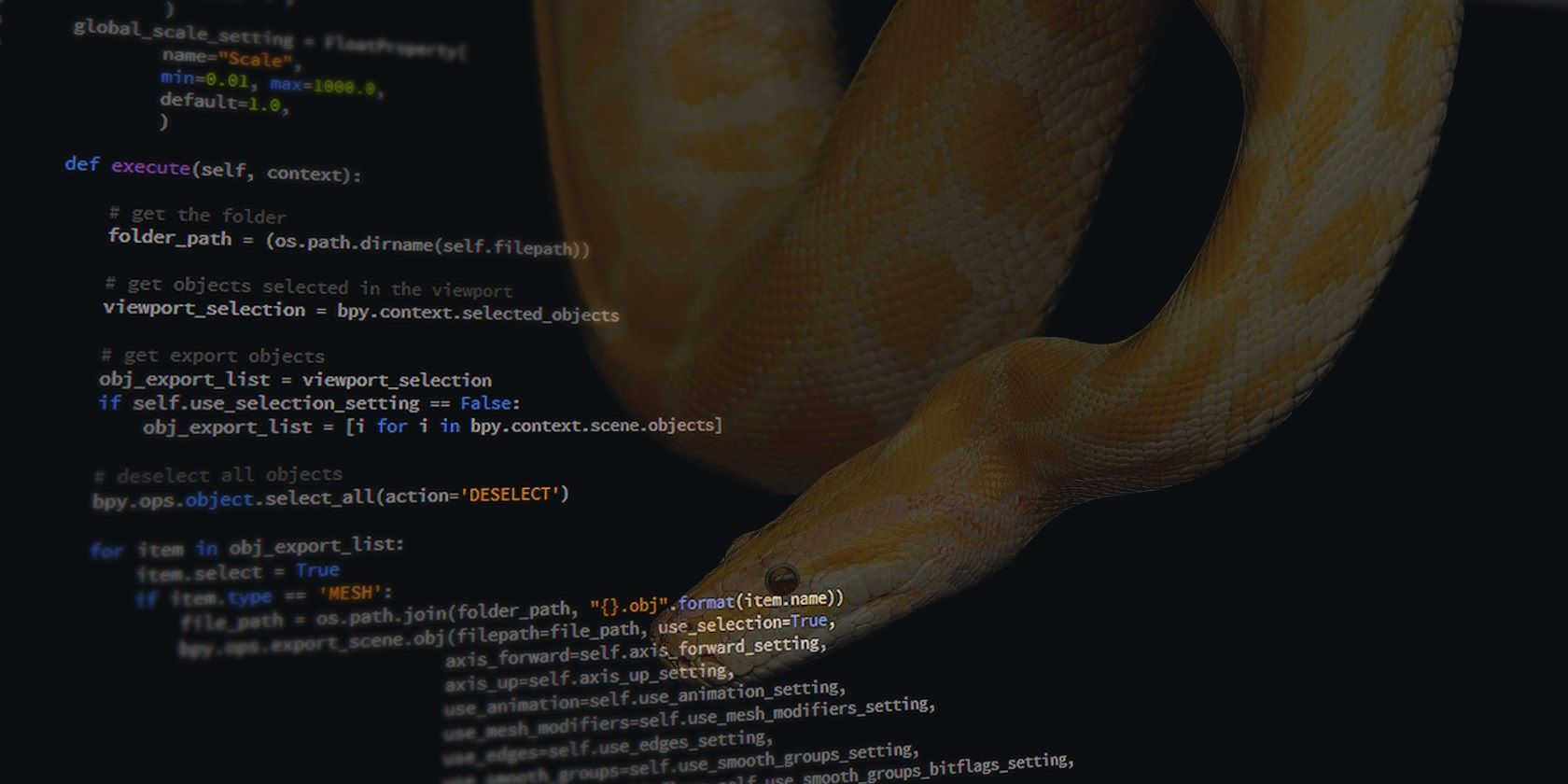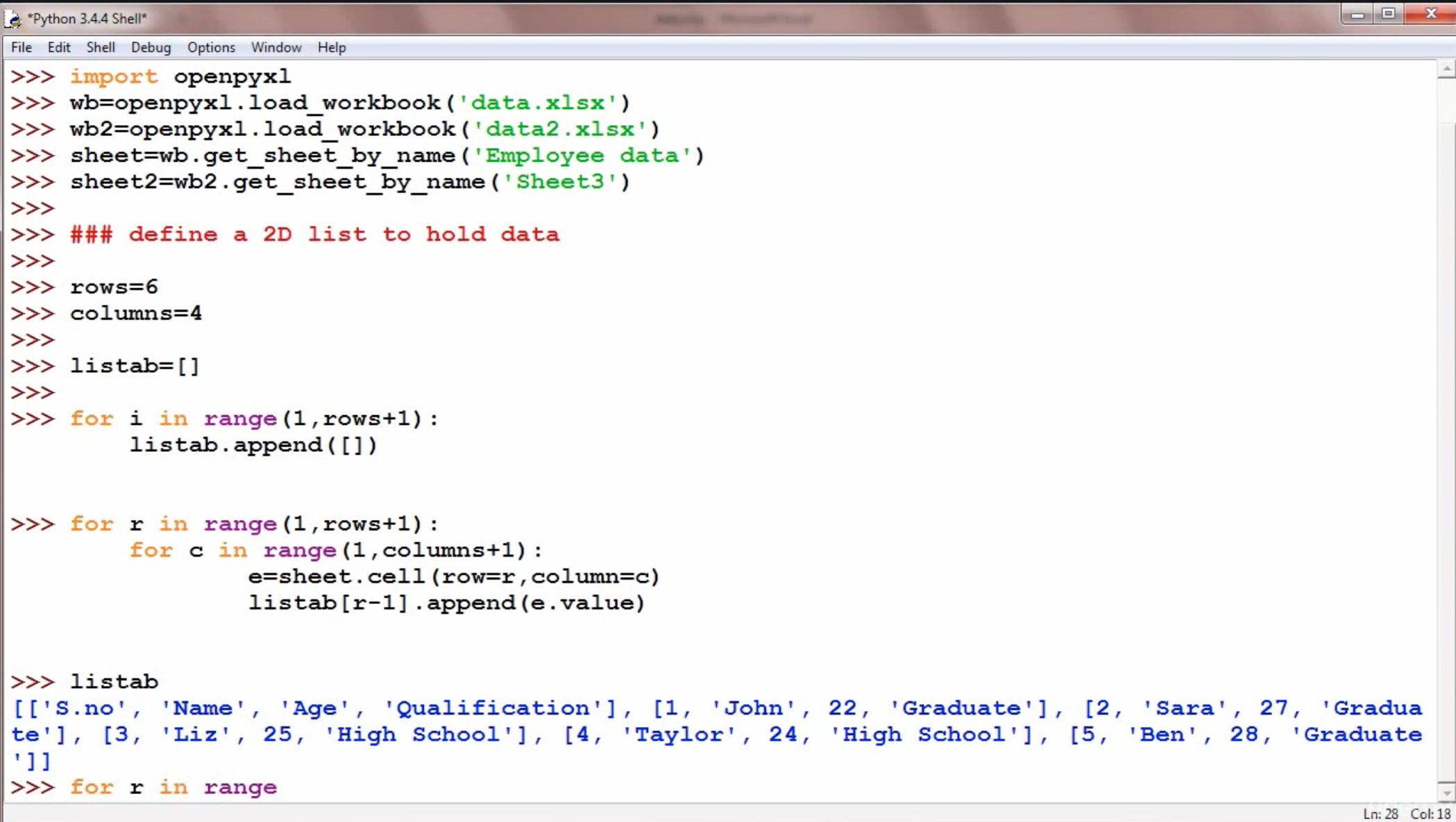


Similar methods str.ljust() and str.center().

The str.rjust() method of string objects right-justifies a string in aįield of a given width by padding it with spaces on the left. Way print() works: it always adds spaces between its arguments.) (Note that the one space between each column was added by the This allows greaterĬontrol over how the value is formatted. Prefixing the string with f or F and writing expressions asĪn optional format specifier can follow the expression. Short) let you include the value of Python expressions inside a string by Formatted String Literals ¶įormatted string literals (also called f-strings for $x and replacing them with values from a dictionary, but offers much lessĬontrol of the formatting. Yet another way to substitute values into strings, using placeholders like The string module contains a Template class that offers hello = 'hello, world \n ' > hellos = repr ( hello ) > print ( hellos ) 'hello, world\n' > # The argument to repr() may be any Python object. > # The repr() of a string adds string quotes and backslashes. Particular, have two distinct representations. Many values, such as numbers or structures like lists andĭictionaries, have the same representation using either function. Representation for human consumption, str() will return the same value as For objects which don’t have a particular Which can be read by the interpreter (or will force a Synta圎rror if The str() function is meant to return representations of values which areįairly human-readable, while repr() is meant to generate representations Variables for debugging purposes, you can convert any value to a string with When you don’t need fancy output but just want a quick display of some

String type has some methods that perform useful operations for padding format ( yes_votes, percentage ) ' 42572654 YES votes 49.67%'įinally, you can do all the string handling yourself by using string slicing andĬoncatenation operations to create any layout you can imagine. Python Dictionaries Access Items Change Items Add Items Remove Items Loop Dictionaries Copy Dictionaries Nested Dictionaries Dictionary Methods Dictionary Exercise Python If.Else Python While Loops Python For Loops Python Functions Python Lambda Python Arrays Python Classes/Objects Python Inheritance Python Iterators Python Polymorphism Python Scope Python Modules Python Dates Python Math Python JSON Python RegEx Python PIP Python Try.> yes_votes = 42_572_654 > no_votes = 43_132_495 > percentage = yes_votes / ( yes_votes + no_votes ) > ' '.


 0 kommentar(er)
0 kommentar(er)
